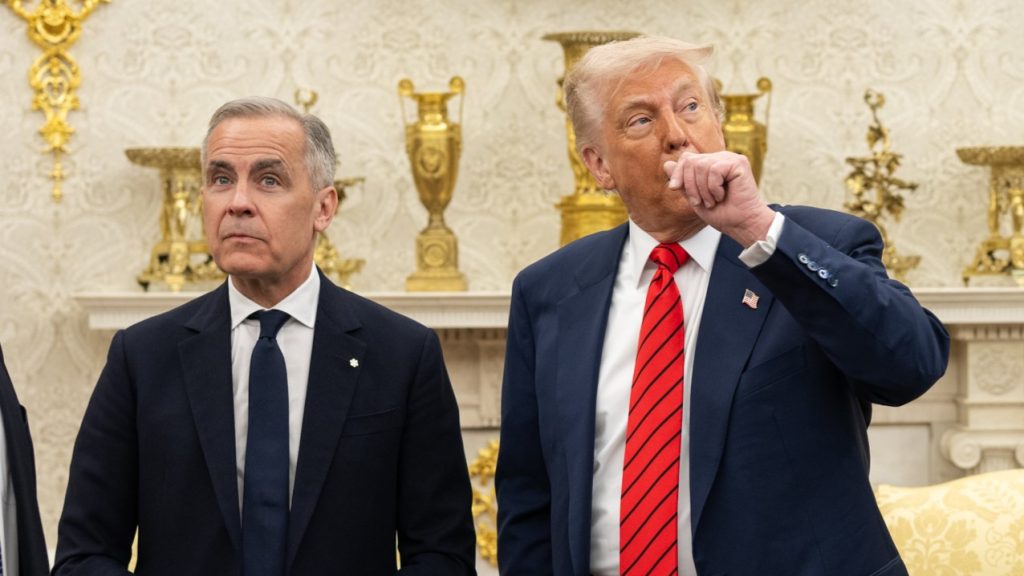Their words were sharp even before they met — but it was their body language on the White House steps that spoke volumes.
Others are reading now
The long-anticipated first meeting between U.S. President Donald Trump and Canada’s new Prime Minister Mark Carney has arrived — and though both leaders attempted to show a united front, their body language told a more complicated story.
Following a series of combative pre-meeting statements, including Trump’s fiery social media post accusing Canada of exploiting the U.S., and Carney’s warnings that Trump was trying to “break” Canada, the handshake on the White House steps was always going to be more than just a formality.
Body language expert Beth Dawson from Newsner described the encounter as a study in tension cloaked in diplomacy.
Carney approached with a slight forward tilt and reached out confidently, adding a polite elbow touch,” Dawson explained. “It’s a careful balance — firm enough to convey resolve, yet tempered with the kind of deference expected in a tense first meeting.
Also read

Dawson noted the elbow touch was a “non-verbal attempt to establish mutual respect without triggering confrontation.”
Trump, however, responded with classic displays of dominance.
“He raised his right shoulder and briefly stooped, as if welcoming, but then stood tall and flashed a clenched fist — a power cue,” Dawson noted.
He was signaling: ‘I’m still in control here.’
A Measured Smile
While Carney maintained eye contact and a composed demeanor, Dawson pointed out a few tells: clasped hands and fleeting glances toward Trump for cues.
Clasped hands are often used as a self-soothing gesture — it helps regulate nerves. The glances suggest Carney was trying to read the room, or perhaps Trump himself.
Still, the Canadian prime minister showed no signs of retreat.
“He kept his stance and tone even, which suggests he’s trying to project calm strength under pressure.”

Inside the Oval Office, the mood softened — briefly.
Trump congratulated Carney on his electoral win, calling him “excellent” and suggesting the two shared common ground.
But in typical Trump fashion, the meeting ended with a provocative twist:
I still believe [Canada could be the 51st] state,” Trump said. “It would really be a wonderful marriage.
While said with a smile, the remark is likely to further inflame tensions north of the border, especially after Carney’s campaign centered on resisting American overreach.
Trump’s earlier Truth Social posts painted a picture of the current relationship, framing Canada as a nation “subsidized” by the U.S. and suggesting it brings little of material value to the table.
Carney, in contrast, has portrayed Trump as a threat to Canadian sovereignty.


